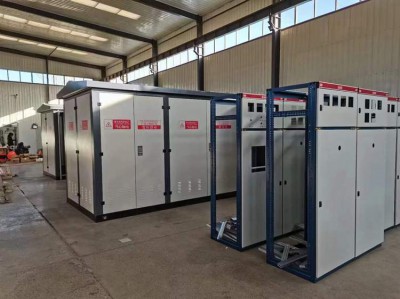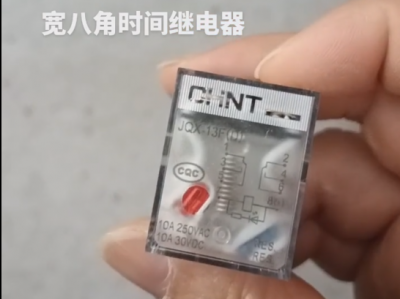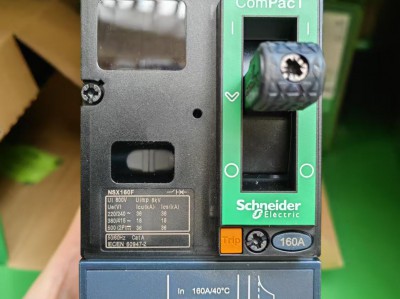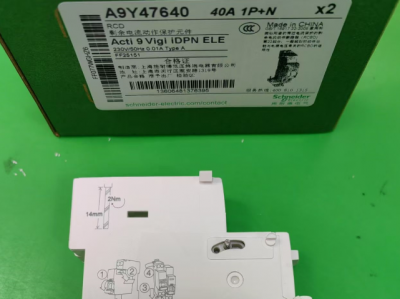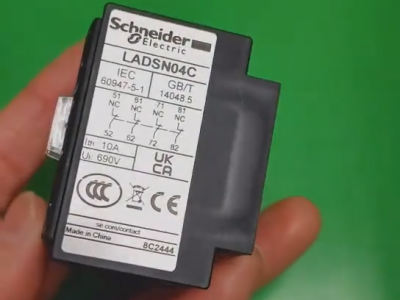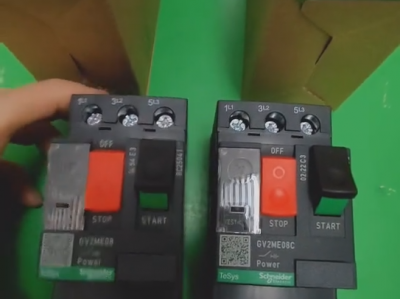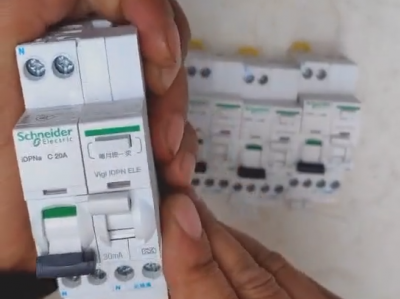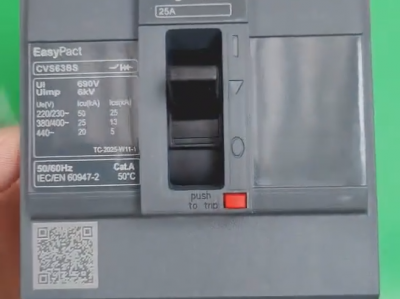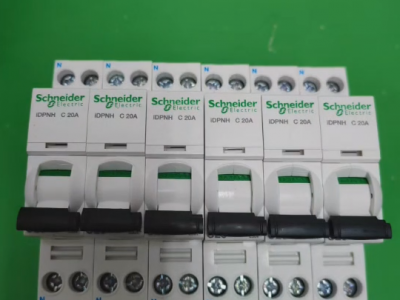circuit breaker 70 amp
Product description
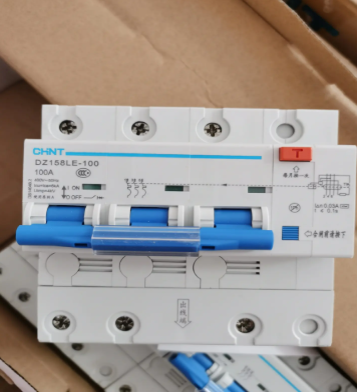 A **70-amp circuit breaker** is a protective device designed to interrupt electrical current when it exceeds 70 amps, safeguarding circuits and equipment from overloads or short circuits. While less common in residential settings, it serves specific applications in commercial, industrial, or specialized residential systems. Here’s a detailed breakdown of its uses, specifications, and considerations:
A **70-amp circuit breaker** is a protective device designed to interrupt electrical current when it exceeds 70 amps, safeguarding circuits and equipment from overloads or short circuits. While less common in residential settings, it serves specific applications in commercial, industrial, or specialized residential systems. Here’s a detailed breakdown of its uses, specifications, and considerations:
1. Key Features of a 70-Amp Circuit Breaker**
- **Amperage Rating**: Designed to handle up to 70 amps of continuous current.
- **Voltage Rating**: Typically **120/240V** (for dual-pole breakers) or 120V (single-pole), depending on the application.
- **Pole Configuration**:
- **Dual-Pole (240V)**: Most common for 70A breakers, used in high-power circuits (e.g., large motors, commercial equipment).
- **Single-Pole (120V)**: Rare, as 70A at 120V requires extremely high power (8,400W), which is unusual for standard loads.
- **Type**: Can be a standard thermal-magnetic breaker or a GFCI/AFCI breaker (if safety features are needed for specific circuits).
2. Typical Applications**
70A breakers are used in scenarios requiring moderate to high power, such as:
- **Commercial/Industrial Settings**:
- Powering large motors, pumps, or machinery.
- Lighting systems in commercial buildings (e.g., multi-panel setups).
- **Residential Subpanels**:
- As the main breaker for a **subpanel** in a home with high electrical demand (e.g., a detached garage, workshop, or RV hookup).
- Large electrical appliances (though rare; most residential appliances use 30–60A breakers—70A might be used for custom setups).
- **Specialized Equipment**:
- Welding machines, commercial-grade water heaters, or industrial-grade air compressors.
3. Wire and Panel Requirements**
*A. Wire Size (Based on NEC Standards)**
- **Copper Wire**: Use **4 AWG** for 70A (rated for 75°C insulation, which is standard for breakers).
- **Aluminum Wire**: Use **2 AWG** (aluminum has lower current-carrying capacity than copper).
- **Note**: Always verify local codes, as some regions may require derating for temperature or conduit fill.
B. Panel Compatibility**
- **Breaker Type**: Ensure the breaker matches the panel’s brand (e.g., Square D, Siemens, Eaton) to avoid compatibility issues.
- **Panel Rating**: The electrical panel’s bus bar must support 70A (check the panel’s label for maximum amperage per breaker and total capacity).
4. Installation and Safety Considerations**
A. Professional Installation**
- 70A breakers are often part of complex systems; always hire a **licensed electrician** to ensure code compliance and safety.
B. Overload Protection**
- The connected load should never exceed 80% of the breaker’s rating (i.e., 56 amps continuously) to prevent overheating.
C. Subpanel Use**
- If installing a subpanel with a 70A main breaker:
- The feeder wire from the main panel to the subpanel must be sized for 70A (e.g., 4 AWG copper).
- The subpanel’s bus bar must accept 70A input.
D. Code Compliance**
- Follow **NEC 240.4** for conductor and breaker sizing.
- Ensure the breaker is listed for the panel and application (check manufacturer specifications).
5. When to Use a 70-Amp Breaker vs. Alternatives**
- **vs. 60A Breaker**: Use 70A if the load slightly exceeds 60A (e.g., 55–65A continuous), but only if the wire and panel can handle it.
- **vs. 100A Breaker**: 70A is a mid-range option for systems that don’t need the full 100A capacity, reducing cost and providing precise protection.
*6. Common Issues and Troubleshooting**
- **Breaker Tripping Frequently**:
- Check for overloads (load > 70A) or short circuits.
- Ensure wire connections are tight (loose connections cause overheating).
- **Incompatible Panel**: If the breaker doesn’t fit or the panel rejects it, confirm the brand and model compatibility.
- **Outdated Panels**: Avoid installing 70A breakers in old panels (e.g., Federal Pacific, Zinsco) due to safety risks; upgrade the panel first.
7. Summary**
A **70-amp circuit breaker** is a specialized component for moderate to high-power applications, most commonly in commercial settings or residential subpanels. Key takeaways:
- **Use Cases**: Commercial machinery, subpanels, or custom high-load residential setups.
- **Wire Size**: 4 AWG copper or 2 AWG aluminum (NEC-compliant).
- **Safety**: Always consult a licensed electrician, verify panel compatibility, and avoid exceeding 80% load.
If you’re considering a 70A breaker for your home or business, start by assessing the actual power demand and consulting an electrician to design a safe, code-compliant system.

